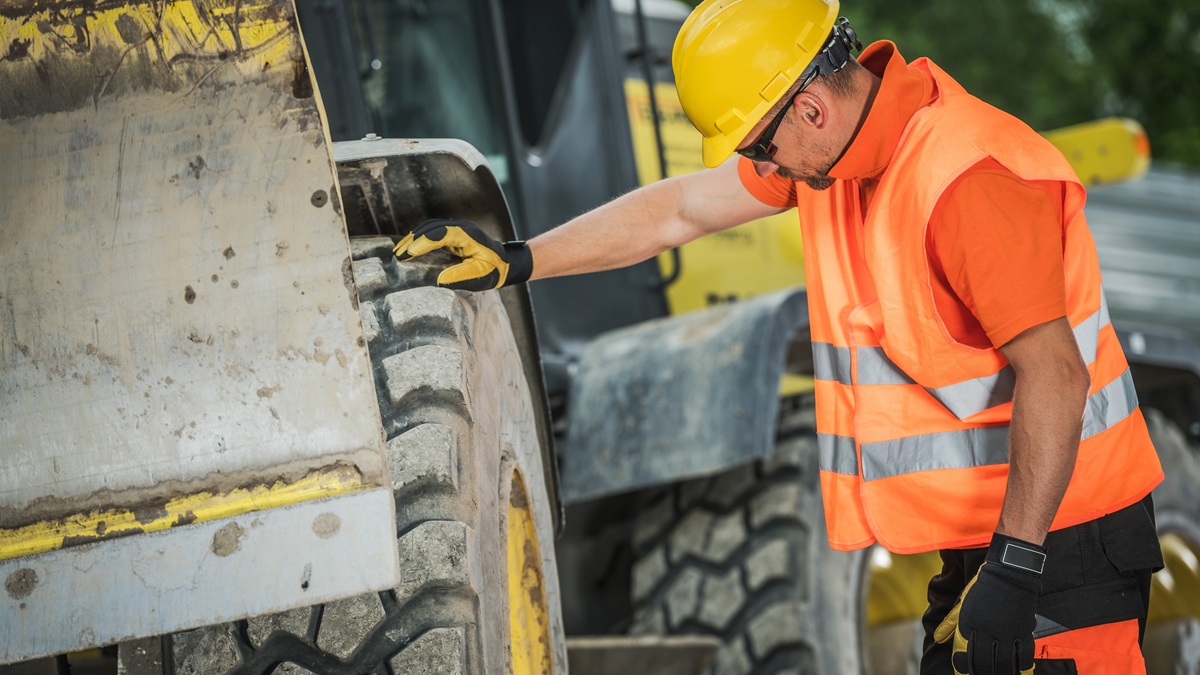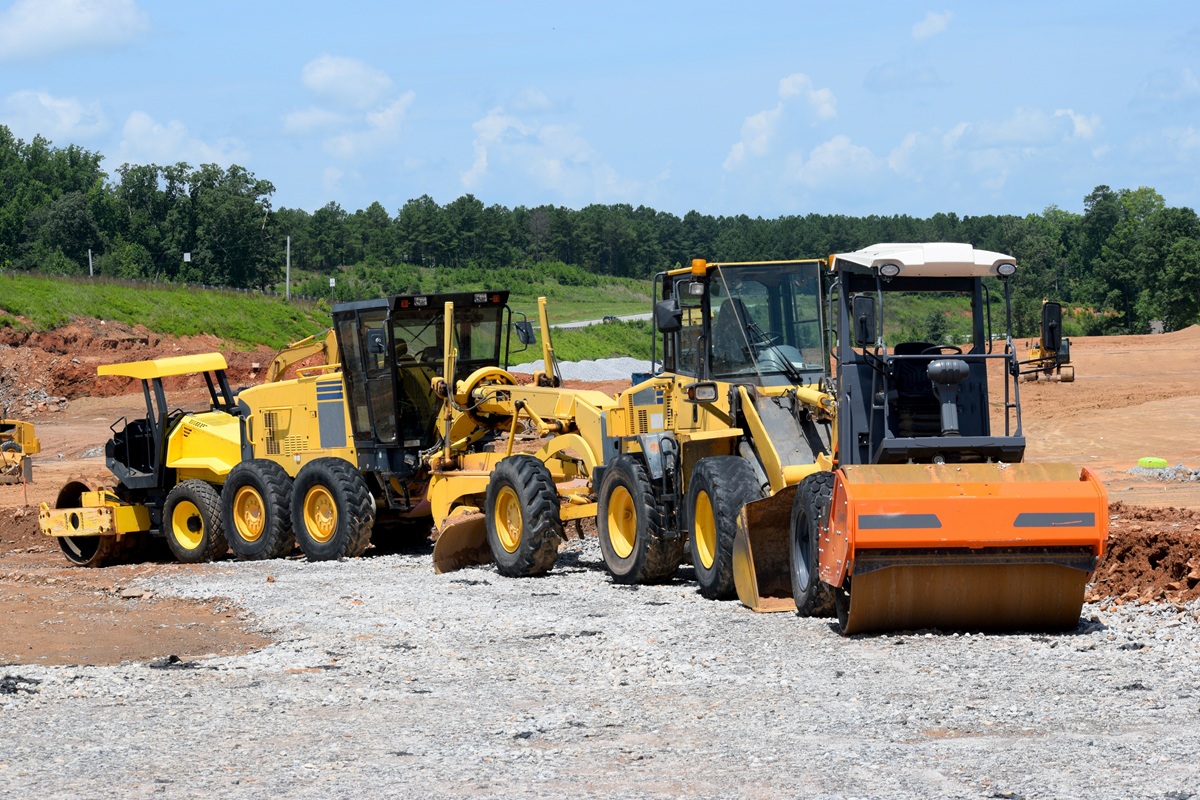Carbon monoxide poisoning is the leading cause of poison-related death in the United States and is responsible for approximately 450 deaths and 20,000 nonfatal injuries every year. Carbon monoxide is referred to as the silent killer because it’s a tasteless, colorless, odorless
Carbon monoxide blocks the absorption of oxygen into the bloodstream and poisons the red blood cells so they cannot carry oxygen. If tissues and organs don’t receive oxygen, they stop functioning.
In construction, the major source of carbon monoxide is engine exhaust. Gasoline, propane and diesel engines all release carbon monoxide. Some forms of welding and heaters can also produce carbon monoxide.
Common Signs of Overexposure to Carbon Monoxide
- Headache.
- Nausea.
- Weakness.
- Dizziness.
- Loss of consciousness.
- Death.
Sources of Exposure
- Portable heaters.
- Portable generators.
- Concrete saws.
- Compressors.
Control Measures
- Conduct a workplace survey to identify all potential sources of carbon monoxide exposure.
- Use equipment in a well-ventilated area, never in an enclosed area.
- Inspect equipment prior to use.
- When you’re using gasoline-powered engines or tools outside of a building, don’t place them near air intakes.
- Limit running time, and don’t let engines idle.
- Provide employees with small, personal carbon monoxide detectors with audible alarms to wear or install large, mounted carbon monoxide monitors in work spaces.














